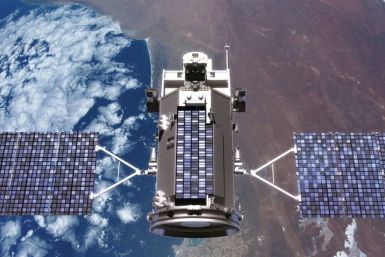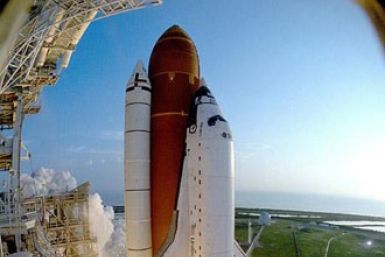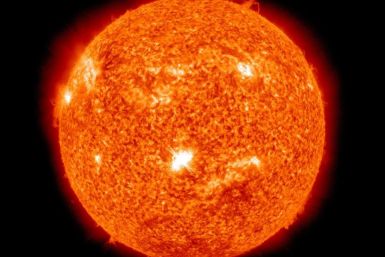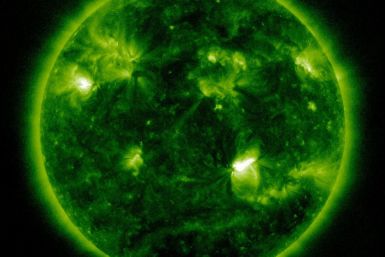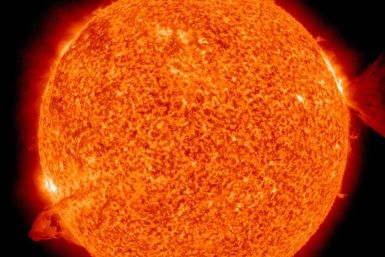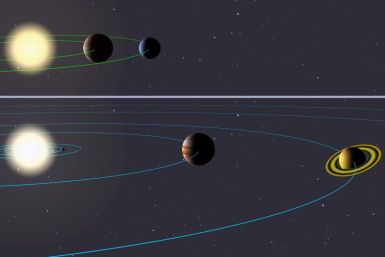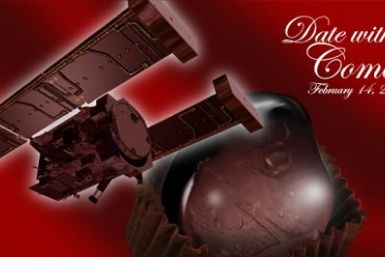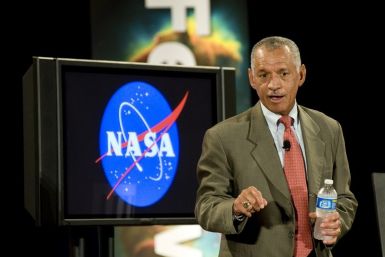NASA is readying the Discovery Shuttle for its final mission into space.
NASA has postponed the launch of Glory spacecraft by at least 24 hours, citing technical issues. The next launch attempt has been rescheduled for 5:09 a.m. EST, Thursday, NASA said.
NASA's Glenn Research Center has introduced a method wherein researchers use atomic oxygen to restore masterpieces that appear to be irrevocably destroyed.
NASA has begun counting down to the launch of space shuttle Discovery's final mission to the International Space Station. The 39th flight of NASA's most flown shuttle is scheduled to last 11 days, beginning at 4:50 pm EST on Feb. 24 from Kennedy Space Center in Florida.
NASA has begun counting down to the launch of Discovery. The shuttle's final mission to the International Space Station is slated for Feb. 24 at 4:50 pm from a seaside pad at the Kennedy Space Center in Florida.
A new NASA satellite -- Glory -- will collect data on the properties and distribution of aerosols in Earth's atmosphere and on solar irradiance for the long-term record of Earth's climate. The launch of NASA's Glory spacecraft aboard an Orbital Sciences Taurus XL rocket is scheduled for February 23.
NASA keeps the February 24, Thursday date with Discovery. The much-delayed shuttle will finally take off with six astronauts and an android.
The largest solar flare in several years has disrupted some communications, though it was not in the right position to create auroral displays visible from lower latitudes.
A video made by compiling several images from NASA's Solar Dynamics Observatory shows the powerful flares that erupted earlier this week.
The strongest solar flares seen in several years are sending a mass of charged particles towards the Earth, which could cause radio interference and auroral displays.
Three items totaling about $2.4 trillion combine for nearly two thirds of President Barack Obama's proposed $3.7 trillion 2012 fiscal year budget.
The most energetic solar flare in five years is expected to unleash a powerful magnetic storm that will come down to Earth on Friday, said a media report.
A fireball that streaked through the skies over East Coast, described by viewers as -- the size of a Cesna plane and one of the biggest, brightest, and most colorful ever! -- could have been a passing meteor.
Scientists are hunting to prove the existence of a new planet called Tyche in the Solar System which is estimated to be four times the size of Jupiter.
On Valentine's Day, as the world was celebrating the message of love, a NASA spacecraft reached the point of closest contact with a comet calculated to be half the size of Manhattan.
While NASA's spacecraft Stardust is due for a special Valentine day rendezvous with comet Tempel 1, a report from NASA states that procreation in space may not be possible due to radiation.
This year Valentine's Day is so special as NASA's Stardust spacecraft is preparing for final date with comet Tempel 1 on its second exploration. The world will be beginning to look at images when the spacecraft is on its closest approach to fly by comet Tempel 1 at about 11:37 pm EST on Monday, with confirmation likely to be received on Earth at about 11:56 pm EST.
Japanese scientists have spotted two huge holes on the sun's magnetic field, and it has been observed that the holes look darker than other parts of the sun.
NASA is having a busy schedule for February.
Researchers at NASA have drawn up a plan to make the greatest adventure in the history of the human race possible - sending a human mission to the red planet and, hold your breath, colonize it! And the daring act of selling and carving up the red planet will be made possible with the help of corporate bigwigs who will paint the space ships in their logo colors.
NASA's Spitzer Space Telescope has captured an image revealing the different stages of development of stars, right from dusty little tots to young adults.
A NASA team has identified about 2,100 young star candidates in a region called the North American Nebula. The nebula is named after its resemblance to the North American continent in visible light.











